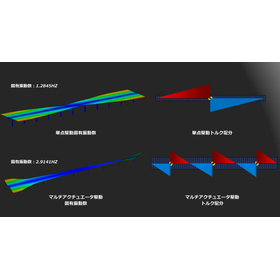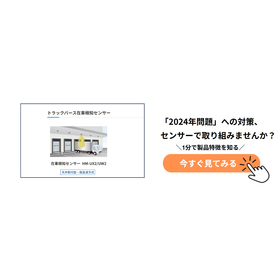How to mitigate abnormal weather risks from the initial structural design of solar panel mounting systems.
The introduction of solar power generation continues to expand rapidly worldwide, but even a 1% risk can lead to a high possibility of significant losses. To promote the use of large solar power plants in areas prone to extreme weather, such as strong winds, it is crucial to manage weather risks before the initial design phase.
Abnormal weather has previously caused enormous losses to solar power plants, resulting from a combination of factors such as structural design, product quality, and operations and maintenance (O&M). Damage from strong winds is primarily caused by resonance.
After the completion of the power plant construction, the natural frequency f1 occurs, and the critical wind speed of the plant generates frequency f2. If f2 is close to or equal to f1, resonance occurs, increasing the instability of the system, such as causing it to topple. By utilizing multi-actuator drive, the natural frequency f1 can be maximized, widening the gap from f2 and resolving the resonance issue. The torque tightened on the main shaft is reduced to one-third of the conventional amount, maintaining the safe and stable operation of the system while also reducing overall costs by 5% to 20%, with even greater cost reductions possible in areas with strong winds.

Inquiry about this news
Contact Us OnlineMore Details & Registration
Details & Registration






